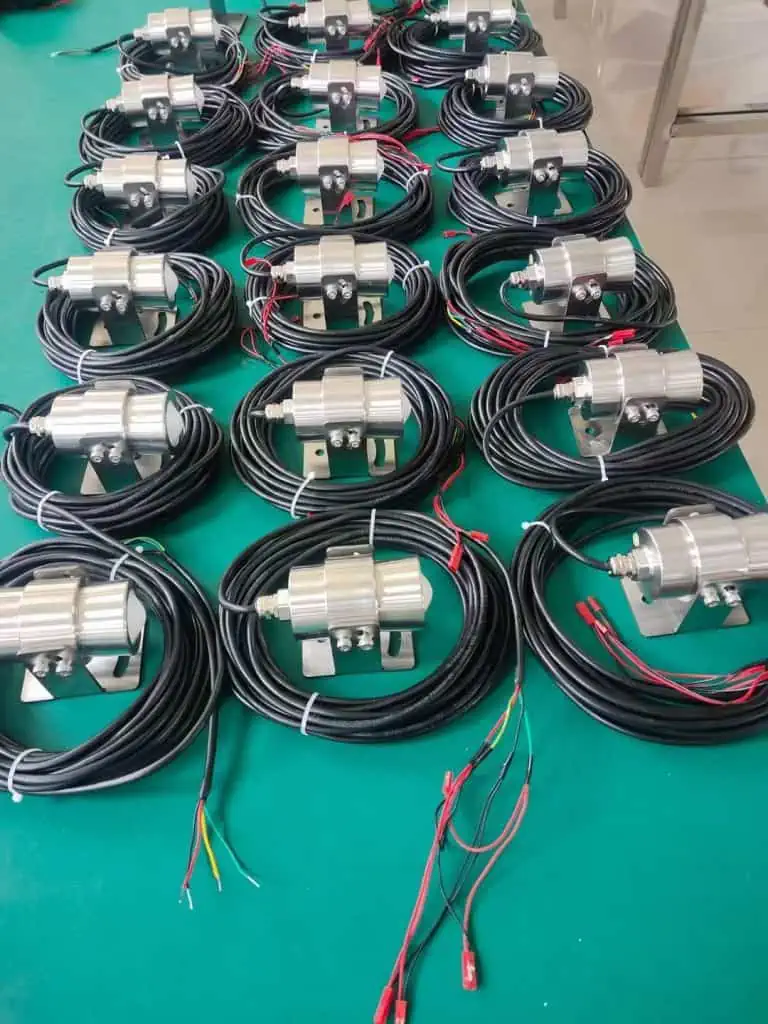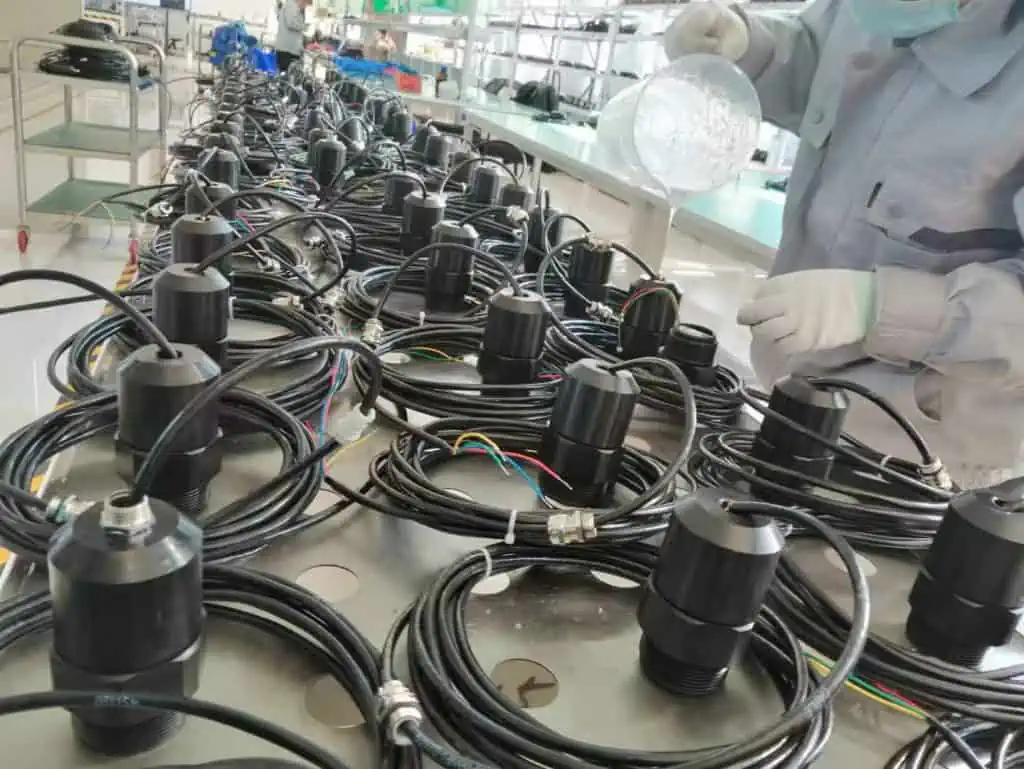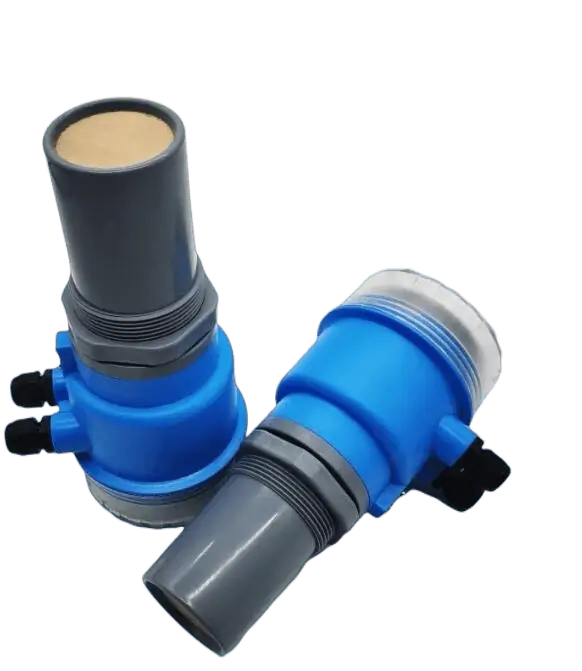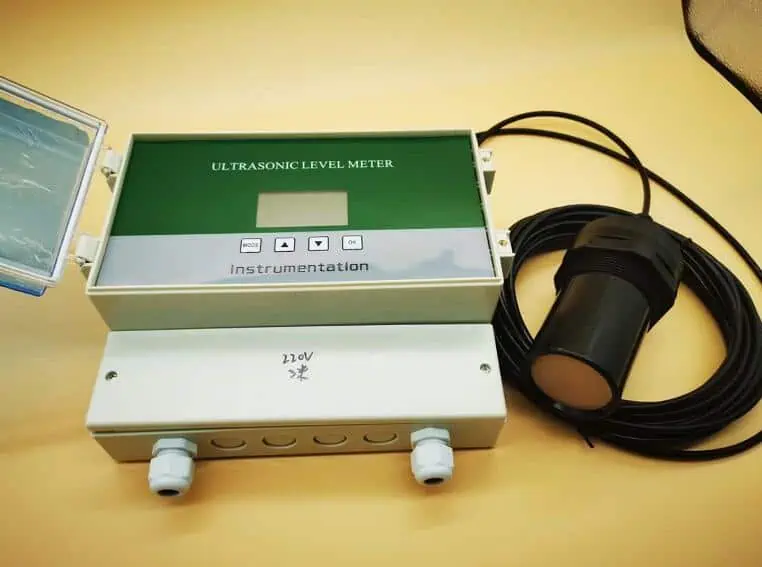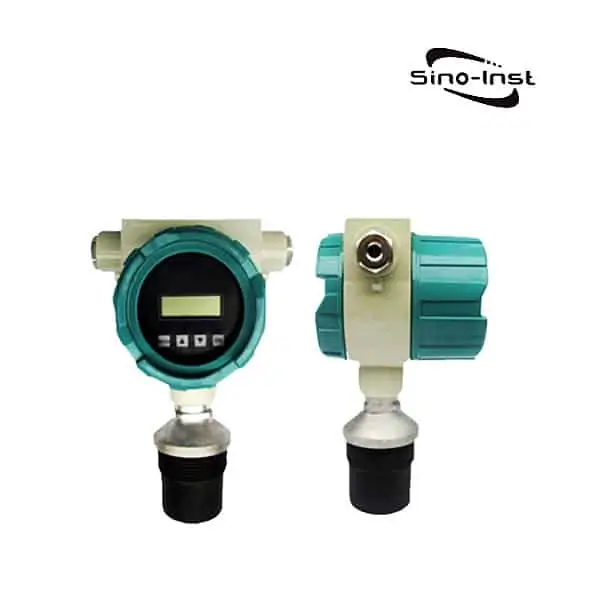River water level monitoring is very important. There are many places where remote water level monitoring is required. Such as factory reservoirs, reservoirs for farmland irrigation, water towers for water supply, river courses, dams, etc. It is important to do a good job of remote monitoring of water levels.
Real-time monitoring of water level is also an important part of water conservancy projects, river management, flood control and disaster reduction and other fields.
There are many ways to Measure River Water Level. We only discuss the most ideal two kinds here: radar water level meter and ultrasonic level meter.

Common River Water Level Measurement Methods
The river water level monitoring system can monitor the water level in real time, which is an important link in the fields of water conservancy engineering, river management, flood control and disaster reduction.
How is the water level measured in a river?
What are the common river water level monitoring methods?
Among them, the water gauge is used for manual observation. Other methods are used for automatic observation.
Extended reading: What Is The Difference Between A Point-Level Sensor And A Continuous Level Sensor?

In practical application scenarios, Radar water level meter and ultrasonic level meter have more advantages in monitoring water level.
Next, let’s take a closer look.
radar water level meter
- Measuring medium: water
- Measuring range: 0.05m~60m
- Process connection: G1½A / 1½NPT thread / bracket
- Process temperature: -40~80℃
- Process pressure: -0.1~0.3 MPa
- Antenna size: 42mm lens antenna
- Antenna material: PTFE
- Accuracy: ±1mm
- Protection class: IP67
- Center frequency: 76GHz~81GHz
- Launch angle: 6°
- Power supply: Two-wire system/DC24V
- Four-wire system/DC24V
- Four-wire system/AC220V
- Shell: aluminum (with display)
- Signal output: RS485 Modbus
- Display: with display/without display
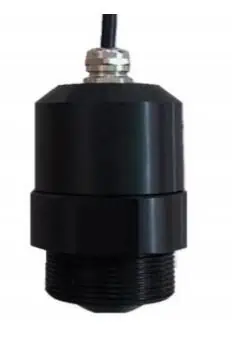
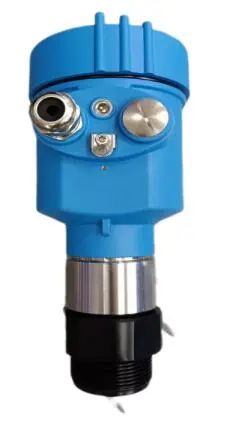
More about: How does a radar liquid level sensor work?
Advantages of radar water level meters
- Low power consumption;
- The radar water level gauge has low power consumption. The pulse radar water level gauge consumes less than 0.5W. The power consumption of frequency modulation continuous wave radar water level gauge is about 1W. Low power consumption, very suitable for use in solar power supply systems in the wild in mountainous areas.
- Easy installation;
- The radar water level gauge is suspended and installed without additional civil work and land occupation. It can be installed and used in channels, pipelines and rivers
- Low maintenance;
- The radar water level gauge is basically maintenance-free;
- Non-contact measurement, not limited to the water quality environment, does not damage the water flow structure;
- High measurement accuracy, not affected by water level changes;
- The accuracy of the radar water level gauge can reach 3mm, and the resolution is 1mm. Large measuring range (up to 70 meters or more);
- The data is stable and reliable;
- Not affected by environmental factors such as temperature, humidity, wind speed, rainfall, etc.
- Scalability and integration
- The radar water level gauge can be integrated into the flow monitoring system, water and rain monitoring system, mountain torrent early warning and monitoring system, etc., with high scalability and integration.
- Low dependence on the network, low tariffs, and better environmental adaptability.
- It is suitable for open water bodies such as reservoirs, lakes, rivers, channels, etc. And water level monitoring projects in small spaces such as inspection wells and tanks. And it can be used in high temperature, high pressure and highly corrosive installation environment.
Ultrasonic water level meter
| Measurement range | Liquid: 0~15m/20m/30m/40mSolid: 0~6m/10m /15m /25m |
| Blind Area | 0~15m:0.6m;0~20m:0.8m;0~30m:1.2m;0~40m:1.5m |
| Accuracy (in air) | 0.2% of the measuring range |
| Current Output | 4~20mA |
| Output Resolution | 0.03% of the actual range |
| Output Load | 0~500Ω |
| Switching Output | High and low relays normally open |
| Relay Specifications | AC250V 5A/DC30V |
| Display Resolution | 1 cm |
| Display Method | 4-digit LCD (character height 15cm) or 6-digit LED digital tube |
| Input Power | DC24V (±10%) 80mA or AC220V 50mA |
| Temperature compensation | Full range auto |
| Medium temperature | -45℃~+85℃ |
| Pressure range | ±0.1MPa |
| Acoustic beam angle | 5°(3TL) |
| Detection period | 1second |
| Parameter setting | 3 position sense button |
| Cable device | PGl3.5 sealing sleeve |
| Housing material | ABS |
| Sensor material | PVC |
| Protection level | IP67 |
| Installation method | Thread (flange) or fixing hole (bracket) |
| Installation requirements | Probe emitting surface should protrude from the vessel mounting port |
Featured Non Contact Ultrasonic Level Sensing Devices
Advantages of Ultrasonic level meters
Ultrasonic water level meter has outstanding advantages, which are mainly reflected in the following aspects:
- Adopt non-contact measurement, stable and reliable, not easily affected by liquid viscosity and density.
- Fixed-point continuous measurement is available, which is convenient for providing remote measurement and remote measurement signals.
- Simple structure, easy to read, easy to install and maintain.
- Safe and clean, the instrument has a long service life
- With temperature compensation function, it can be used in environments with large temperature differences, with high precision and strong adaptability.
- With RS-485 communication interface, special echo processing method is adopted to effectively avoid false echo.
- There are three ranges of 5m, 10m and 15m, which can be applied in different environments.
- High explosion-proof grade (explosion-proof 6Gb) and protection grade (up to IP66/IP67).
- The PVDF probe can ensure reliable measurement of the instrument in corrosive liquids or corrosive environments.
- High cost performance and low maintenance cost.
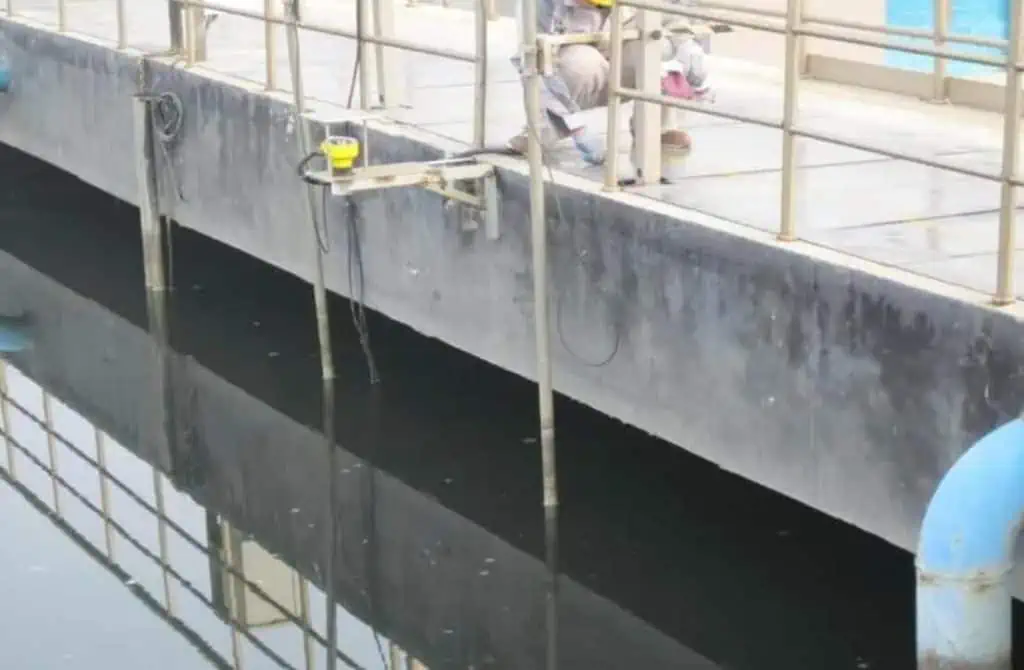
River water level monitoring system
The river water level monitoring system is mainly composed of radar water level meter or ultrasonic water level meter, monitoring host and server.
River water level meters are usually installed on the side of river bridges by wall-mounting. Can collect river water level data in real time. Report the data to the monitoring terminal through serial communication.
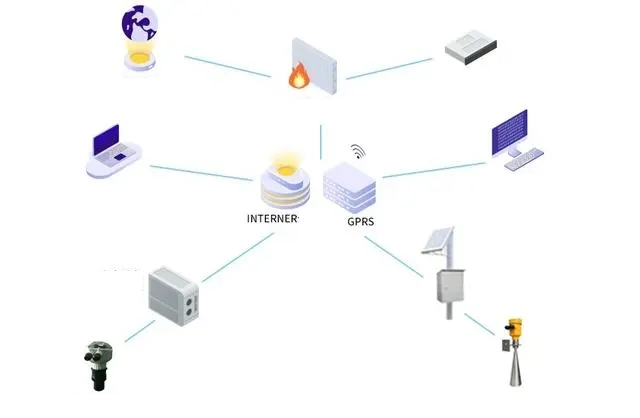
After the monitoring host receives the data reported by the detector, it communicates via wireless 4G/2G/NB-lot. Report the water level data to the background server in real time. Supervisors can keep abreast of the current river conditions through the business terminal.
The monitoring host usually uses a polymer lithium battery pack. Cooperating with the independent photovoltaic power supply system, it can provide stable power supply for the monitoring host for a long time.
Common communication methods for data transmission include 3G/4G, GSM/GPRS, etc. At present, the 4G mobile signals in the flood-prone areas of most cities have basically been covered. The good signal rate is very high. Have good communication conditions. Therefore, the water monitoring equipment can use 4G as the main channel to upload the monitoring data to the center. And it is backward compatible with 3G/GPRS as a backup channel.
More water level monitoring applications and markets
Wastewater Level Sensor for Septic Tank-Sewage Holding Tank
Water Level Monitoring Sensor/System for Sewage-Wastewater
Water depth sensor- Water level sensor Solutions
Water Tank Level Sensors for Level Monitoring & Control System
Liquid Volume Sensor? Monitors Liquid Volume Solutions
Laser Level Transmitter
For measuring the liquid level of a river, whether using a radar water level meter or an ultrasonic water level meter, the most important thing is to achieve effective and stable measurement.
If you have any questions about the selection and installation of river water level meters, please feel free to contact our engineers.
Request a Quote

Wu Peng, born in 1980, is a highly respected and accomplished male engineer with extensive experience in the field of automation. With over 20 years of industry experience, Wu has made significant contributions to both academia and engineering projects.
Throughout his career, Wu Peng has participated in numerous national and international engineering projects. Some of his most notable projects include the development of an intelligent control system for oil refineries, the design of a cutting-edge distributed control system for petrochemical plants, and the optimization of control algorithms for natural gas pipelines.


